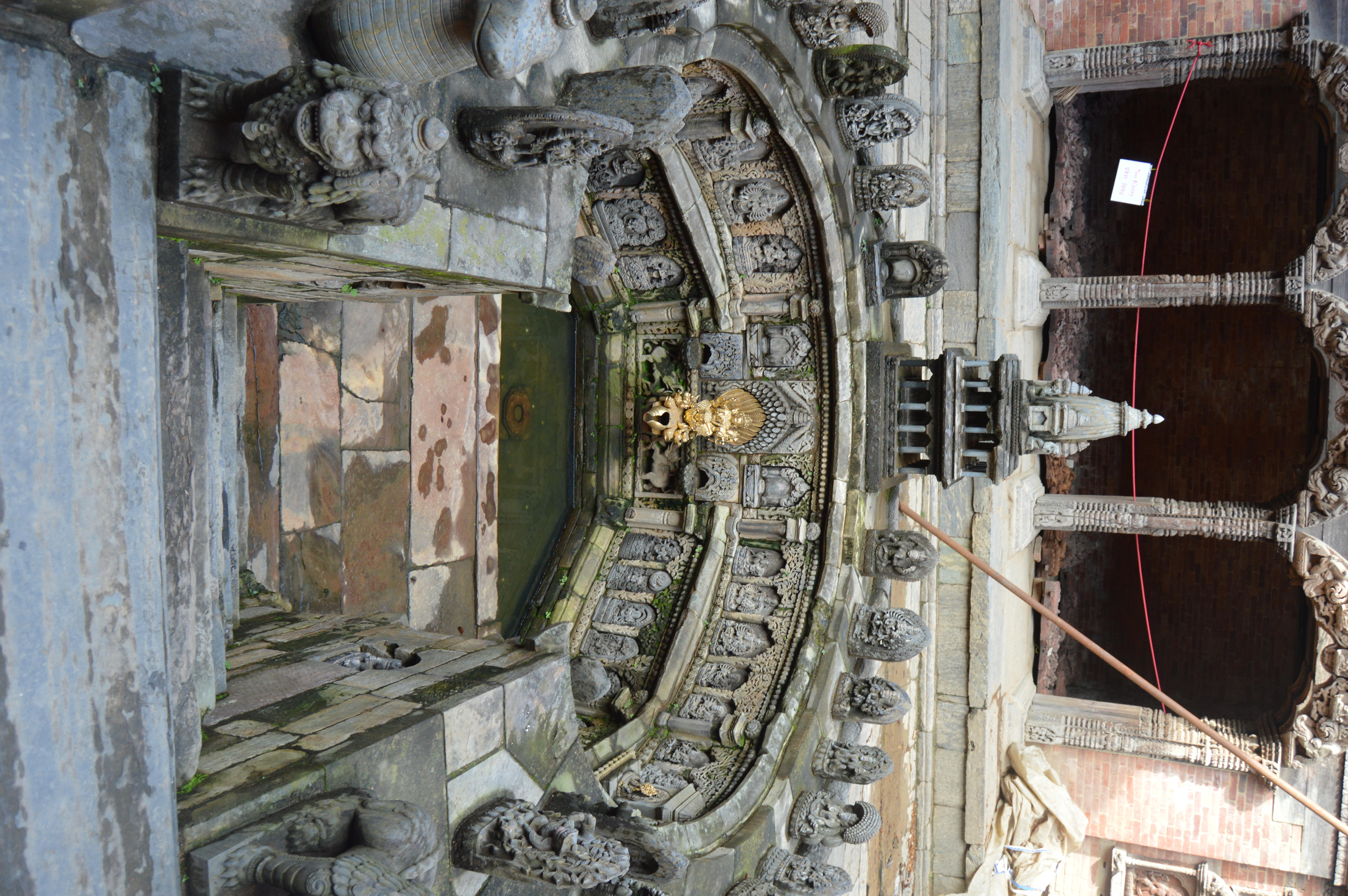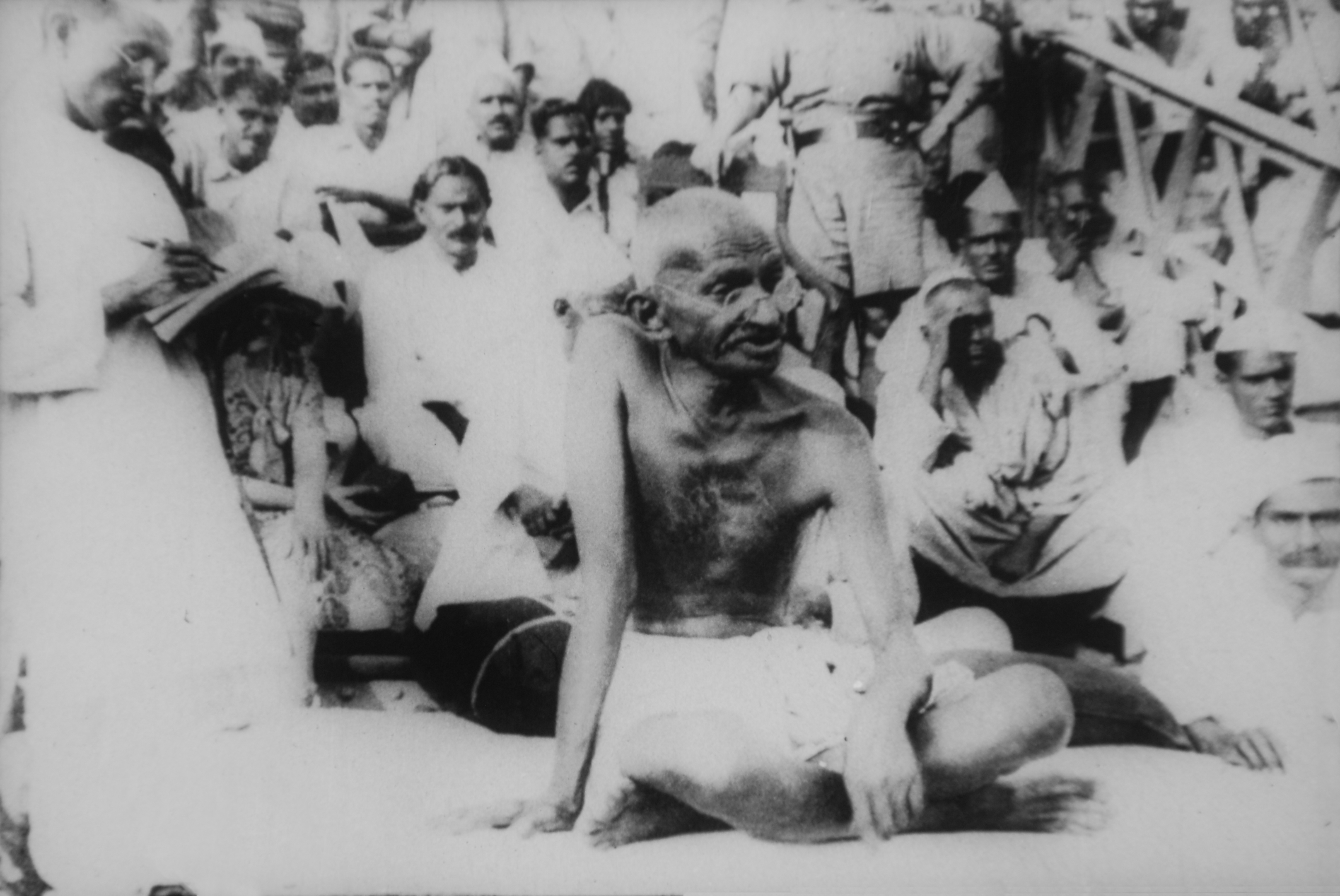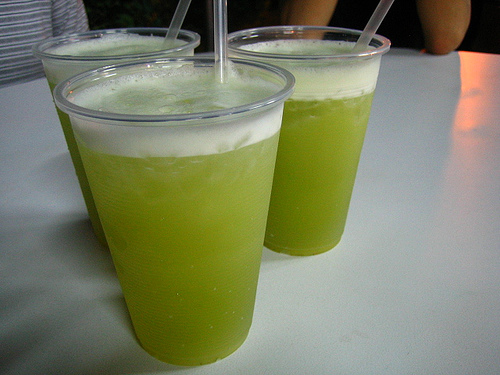|
Tusha Hiti
The Tusha Hiti, also known as Royal Bath, is a sunken bath used by the Malla royal family in Nepal. It is at the courtyard of Sundari Chowk, Patan Durbar Square, Lalitpur. King Siddhinarasimha Malla is credited with building the bath in the 17th century. The wall features idols of Ashta Matrikas, eight Bhariavs and Nagas, and the gilt copper spout features idols of Vishnu and Laxmi residing on Garuda. The Tusha Hiti is shaped like a ''yoni'' and can be accessed via its main entrance from the western façade. History Malla Dynasty, the ruling dynasty of Kathmandu Valley, built various hitis for themselves that resembled their palaces enhanced with many decorations. Scholars are not certain about when the Tusha Hiti was built; some cite the years 1627, 1626, and 1647 AD. Siddhinarasimha Malla, who was mostly devoted to Hinduism, is credited with building the bath. The bath was mostly used by the kings for personal bathing. It might have had other purposes; one historian s ... [...More Info...] [...Related Items...] OR: [Wikipedia] [Google] [Baidu] |
Nepal
Nepal (; ne, नेपाल ), formerly the Federal Democratic Republic of Nepal ( ne, सङ्घीय लोकतान्त्रिक गणतन्त्र नेपाल ), is a landlocked country in South Asia. It is mainly situated in the Himalayas, but also includes parts of the Indo-Gangetic Plain, bordering the Tibet Autonomous Region of China to the north, and India in the south, east, and west, while it is narrowly separated from Bangladesh by the Siliguri Corridor, and from Bhutan by the Indian state of Sikkim. Nepal has a diverse geography, including fertile plains, subalpine forested hills, and eight of the world's ten tallest mountains, including Mount Everest, the highest point on Earth. Nepal is a multi-ethnic, multi-lingual, multi-religious and multi-cultural state, with Nepali as the official language. Kathmandu is the nation's capital and the largest city. The name "Nepal" is first recorded in texts from the Vedic period of the India ... [...More Info...] [...Related Items...] OR: [Wikipedia] [Google] [Baidu] |
Patan Durbar Square
Patan Durbar Square is situated at the centre of the city of Lalitpur in Nepal. It is one of the three Durbar Squares in the Kathmandu Valley, all of which are UNESCO World Heritage Sites. One of its attractions is the ancient royal palace where the Malla Kings of Lalitpur resided. The Durbar Square is a marvel of Newar architecture. The square floor is tiled with red bricks. There are many temples and statues in the area. The main temples are aligned opposite of the western face of the palace. The entrance of the temples faces east, towards the palace. There is also a bell situated in the alignment beside the main temples. The Square also holds old Newari residential houses. There are other temples and structures in and around Patan Durbar Square built by the Newa People. A center of both Hinduism and Buddhism, Patan Durbar Square has 136 (courtyards) and 55 major temples. The square was heavily damaged by the earthquake in April 2015. History The history of Durbar Squ ... [...More Info...] [...Related Items...] OR: [Wikipedia] [Google] [Baidu] |
1934 Nepal–India Earthquake
The 1934 Nepal–India earthquake or 1934 Bihar–Nepal earthquake was one of the worst earthquakes in India's history. The towns of Munger and Muzaffarpur were completely destroyed. This 8.0 magnitude earthquake occurred on 15 January 1934 at around 2:13 pm IST (08:43 UTC) and caused widespread damage in northern Bihar and in Nepal. Earthquake The epicentre for this event was located in eastern Nepal about south of Mount Everest. The areas where the most damage to life and property occurred extended from Purnea in the east to Champaran in the west (a distance of nearly ), and from Kathmandu in the north to Munger in the south (a distance of nearly ). The impact was reported to be felt in Lhasa to Bombay, and from Assam to Punjab. The earthquake was so severe that in Kolkata, around 650 km (404 mi) from epicenter, many buildings were damaged and the tower of St. Paul's Cathedral collapsed. Ground effects A particular phenomenon of the earthquake was that sand ... [...More Info...] [...Related Items...] OR: [Wikipedia] [Google] [Baidu] |
Nepali Times
''Nepali Times'' (stylized as NEPALI Times) is an English weekly newspaper that provides reporting and commentary on Nepali politics, business, culture, travel and society in 16 pages. The weekly is aimed at the expatriate, diplomatic and business communities in Kathmandu, and through the internet for the Nepali diaspora. It is published by Himalmedia (pl), which also publishes ''Himal Khabarpatrika''. ''Nepali Times'' appears every Friday morning in hardcopy with augmented multimedia content on its website. Since its founding in 2000, the weekly has been edited and published by Kunda Dixit, who also wrote the long-running and popular Under My Hat satirical columns from 2000-2006. See also * ''Himal Khabarpatrika ''Himal Khabarpatrika'' ( ne, हिमाल खबरपत्रिका) is a Nepali language monthly news magazine published by Himalmedia Private Limited. It has developed a choice following of both the rural and urban intelligentsia, main ...'' References E ... [...More Info...] [...Related Items...] OR: [Wikipedia] [Google] [Baidu] |
April 2015 Nepal Earthquake
The April 2015 Nepal earthquake (also known as the Gorkha earthquake) killed 8,964 people and injured 21,952 more. It occurred at on Saturday, 25 April 2015, with a magnitude of 7.8 Mw or 8.1 Ms and a maximum Mercalli Intensity of X (''Extreme''). Its epicenter was east of Gorkha District at Barpak, Gorkha, roughly northwest of central Kathmandu, and its hypocenter was at a depth of approximately . It was the worst natural disaster to strike Nepal since the 1934 Nepal–Bihar earthquake. The ground motion recorded in Kathmandu, capital of Nepal, was of low frequency, which, along with its occurrence at an hour where many people in rural areas were working outdoors, decreased the loss of property and human lives. The earthquake triggered an avalanche on Mount Everest, killing 22, the deadliest incident on the mountain on record. The earthquake triggered another huge avalanche in the Langtang valley, where 250 people were reported missing. Hundreds of thousands of Nepalese wer ... [...More Info...] [...Related Items...] OR: [Wikipedia] [Google] [Baidu] |
Kathmandu Valley Preservation Trust
The Kathmandu Valley Preservation Trust (KVPT) is an independent organization working to safeguard the historic architecture of the Kathmandu Valley in Nepal. KVPT was founded in 1991 by architectural historian Eduard Sekler, then team leader of the UNESCO Campaign to Safeguard the Cultural Heritage of the Kathmandu Valley, and is run by a team of Nepali architects and craftspeople in Patan, working closely with the Government of Nepal, Department of Archaeology. Over the past two decades,{{when, date=December 2015 KVPT has saved over 50 buildings throughout the valley including rest-houses, temples, monasteries, stepwells, palaces and homes. Seismic retrofit is an important component of almost every restoration project. Since 2006, KVPT has been working primarily on the complete restoration and adaptive re-use of the abandoned palace complex adjoining Patan Durbar Square Patan Durbar Square is situated at the centre of the city of Lalitpur in Nepal. It is one of the three Durba ... [...More Info...] [...Related Items...] OR: [Wikipedia] [Google] [Baidu] |
Arabian Nights (1974 Film)
''Arabian Nights'' is a 1974 Italian film directed by Pier Paolo Pasolini. Its original Italian title is ', which means ''The Flower of the One Thousand and One Nights''. The film is an adaptation of the ancient Arabic anthology '' One Thousand and One Nights'', also known as the ''Arabian Nights''. It is the last of Pasolini's "Trilogy of Life", which began with '' The Decameron'' and continued with '' The Canterbury Tales''. The lead was played by young Franco Merli who was discovered for this film by Pasolini. The film is an adaptation of several stories within the original collection but they are presented out of order and without the Scheherazade, Dunyazad and King Shahriyar frame story. The film contains abundant nudity, sex and slapstick humor. It preserves the eroticism and the story within a story structure of ''Arabian Nights'' and has been called "perhaps the best and certainly the most intelligent" of ''Arabian Nights'' film adaptations. With this film, Pasoli ... [...More Info...] [...Related Items...] OR: [Wikipedia] [Google] [Baidu] |
Scene From Il Fiore Delle Mille E Una Notte, Filmed At Sundhari Chowk
Scene (from Greek σκηνή ''skēnḗ'') may refer to: Arts, entertainment, and media Music * Scene (subculture), a youth subculture from the early 2000s characterized by a distinct music and style. Groups and performers * The Scene who recorded the song "Scenes (from Another World)" * Scene, the stage name used by Japanese Punk guitarist Minoru Kojima * Selena Gomez & the Scene, an American band * The Scene (Canadian band), a late 1960s psychedelic Canadian band * The Scene (Dutch band), a Dutch band formed by Thé Lau Albums * ''Scene'', a 2005 noise album by Merzbow * ''Scenes'' (album), a 1992 music album by Marty Friedman * ''The Scene'' (Eskimo Callboy album), an Eskimo Callboy album * ''The Scene'', the debut album of The Scene Other uses in music * S.C.E.N.E. Music Festival, an annual festival held in downtown St. Catharines, Ontario, Canada * "The Scene" (song), a song by Canadian band Big Sugar from their 1998 album ''Heated'' Periodicals * ''Scene'' (see ... [...More Info...] [...Related Items...] OR: [Wikipedia] [Google] [Baidu] |
Newar Language
Newar (), or Newari and known officially in Nepal as Nepal Bhasa, is a Sino-Tibetan language spoken by the Newar people, the indigenous inhabitants of Nepal Mandala, which consists of the Kathmandu Valley and surrounding regions in Nepal. "Nepal Bhasa" literally means "Nepalese language", however the language is not the same as Nepali (Devanāgarī: नेपाली), the country's current official language of the central government. The two languages belong to different language families (Sino-Tibetan and Indo-European, respectively), but centuries of contact have resulted in a significant body of shared vocabulary. Newar was Nepal's administrative language from the 14th to the late 18th century. From the early 20th century until democratisation, Newar suffered from official suppression. From 1952 to 1991, the percentage of Newar speakers in the Kathmandu Valley dropped from 75% to 44% and today Newar culture and language are under threat. The language has been listed ... [...More Info...] [...Related Items...] OR: [Wikipedia] [Google] [Baidu] |
Sugarcane Juice
Sugarcane juice is the liquid extracted from pressed sugarcane. It is consumed as a beverage in many places, especially where sugarcane is commercially grown, such as Southeast Asia, the Indian subcontinent, North Africa, and Latin America. Sugarcane juice is obtained by crushing peeled sugar cane in a mill and is one of the main precursors of rum. In the United States where processed sugarcane syrup is used as a sweetener in food and beverage manufacturing, "evaporated cane juice" is considered by the Food and Drug Administration (FDA) to be a misleading term for "sugar" on product labels because the FDA regards "juice" as a liquid derived from fruits or vegetables; the preferred term is "cane sugar". Health risks Raw sugar cane juice can be a health risk to drinkers due to the unhygienic conditions under which it is prepared in some countries with lower health standards. There are some diseases that can be transmitted by raw sugar-cane, such as Leptospirosis. In Brazil, sug ... [...More Info...] [...Related Items...] OR: [Wikipedia] [Google] [Baidu] |






